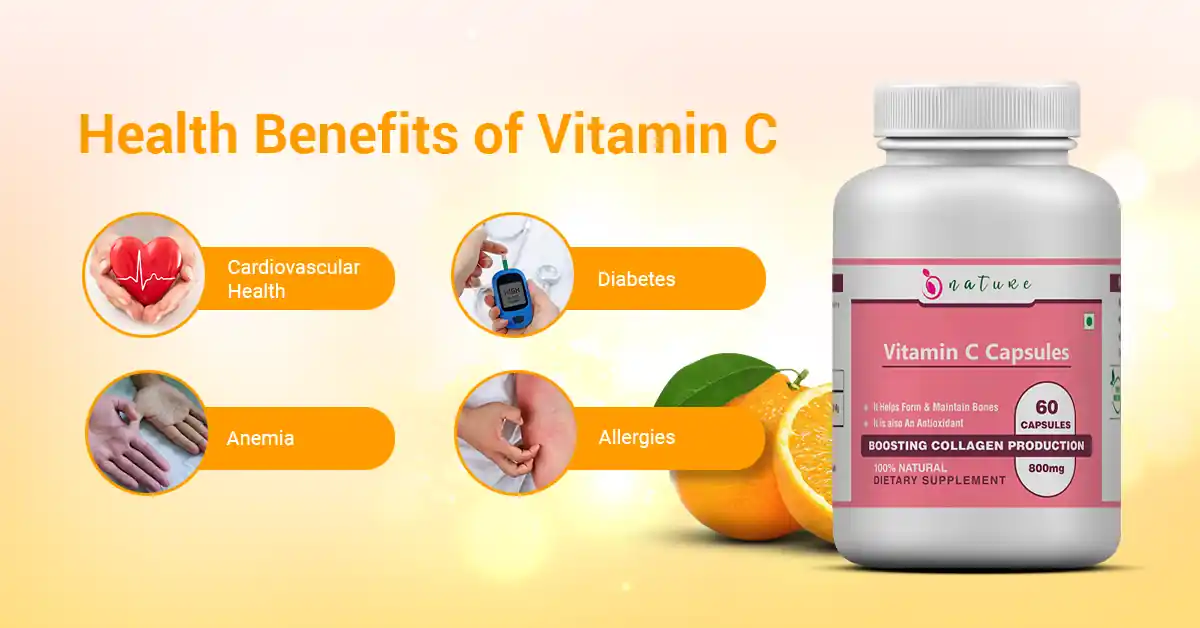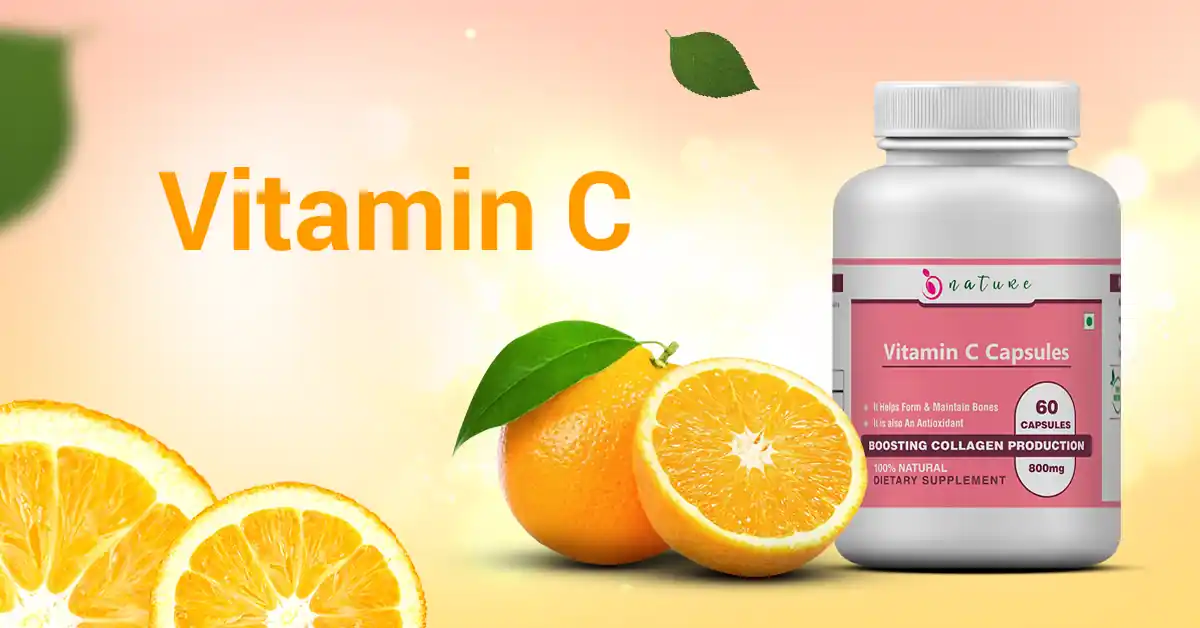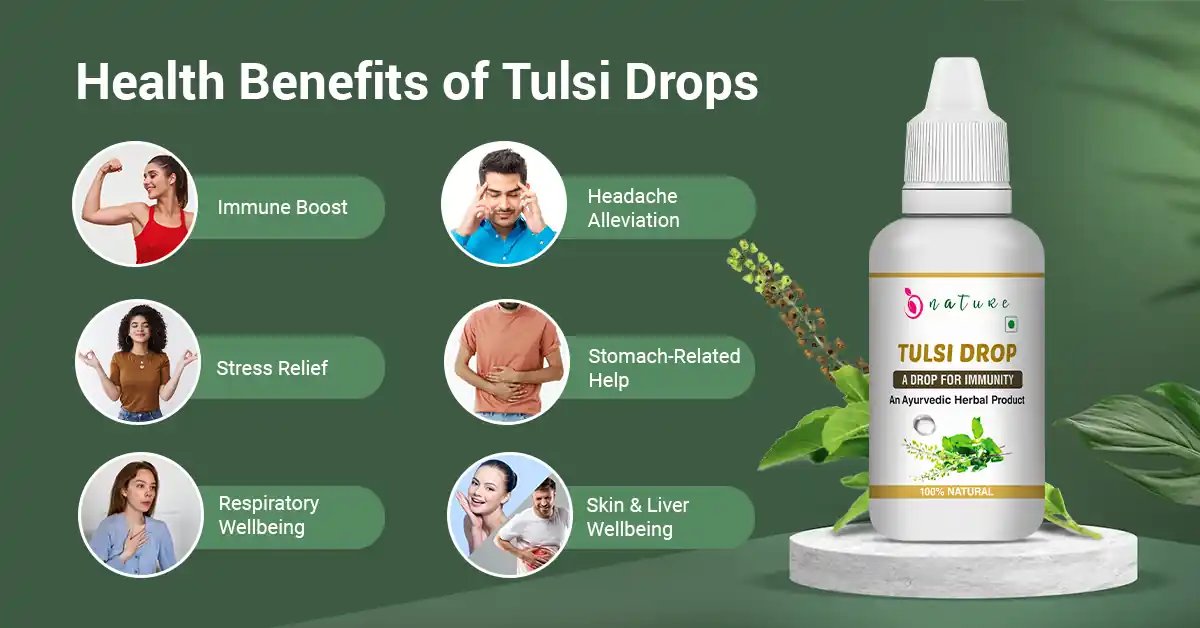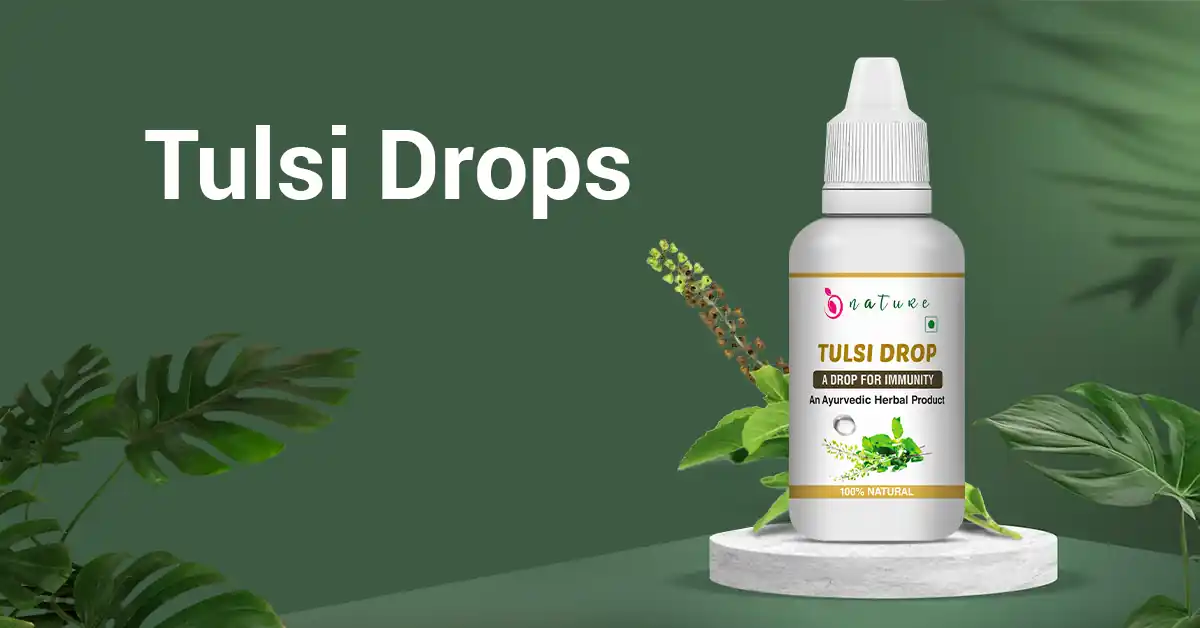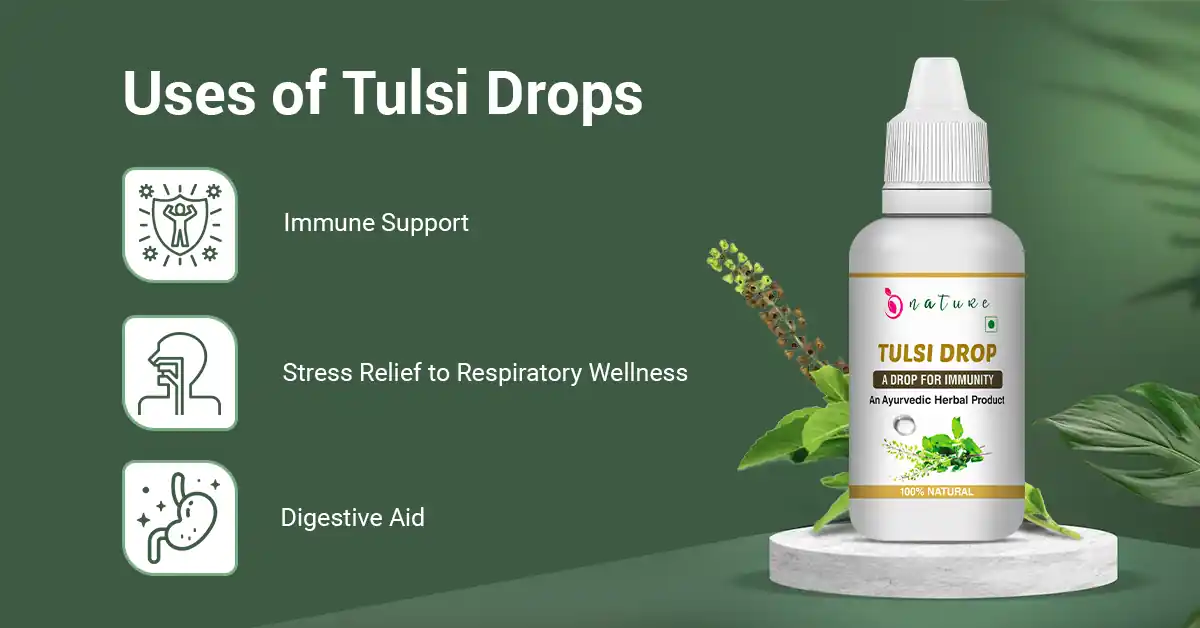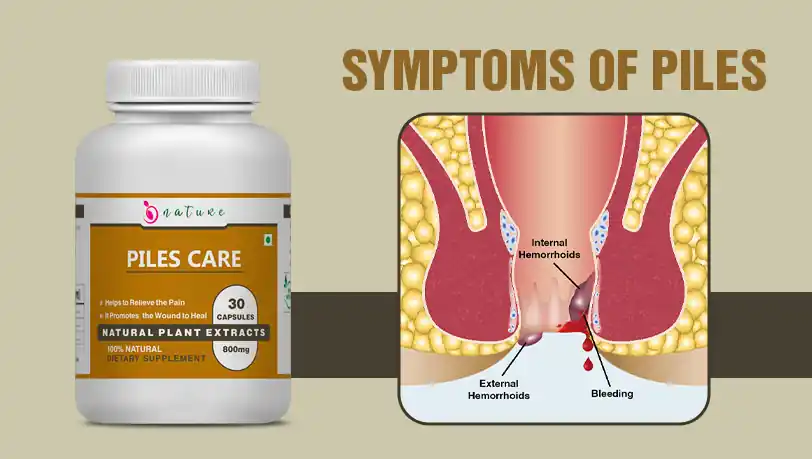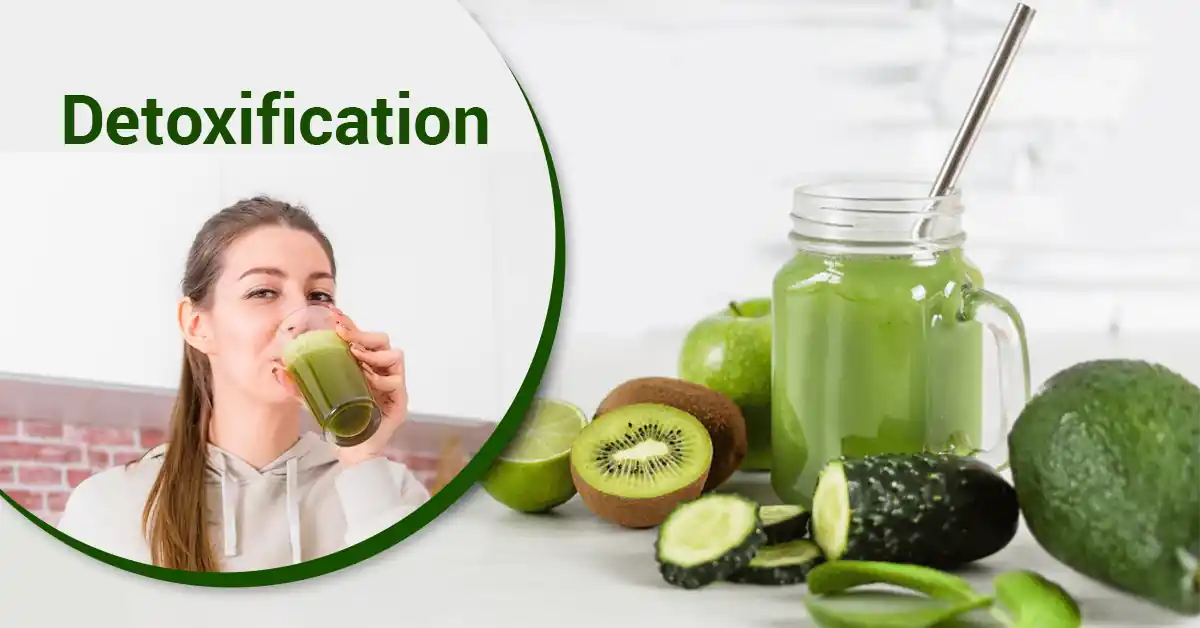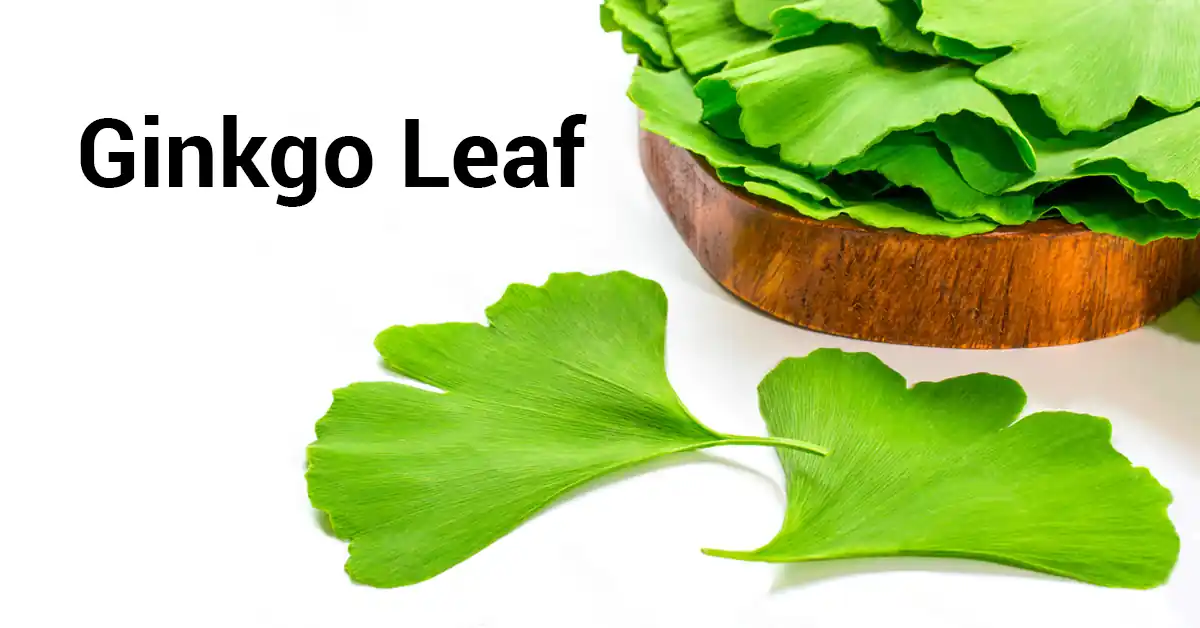Vitamin C Deficiency Symptoms, otherwise called scurvy, can prompt a scope of medical issues. In this blog, we will explore Vitamin C deficiency symptoms and delve into subtopics such as low Vitamin C symptoms, lack of Vitamin C symptoms, Vitamin C deficiency symptoms skin, Vitamin C deficiency symptoms in adults, Vitamin C deficiency symptoms hair, and Vitamin C deficiency symptoms include. (Richards, R.K., Kueter, K. and Klatt, T.J., 1941.)
Understanding Vitamin C Deficiency
Vitamin C is an essential nutrient that the body needs for various functions, including collagen production, wound healing, and immune system support. When there is a deficiency in Vitamin C, the body experiences a range of symptoms and health issues. (Blee, T.H., Cogbill, T.H. and Lambert, P.J., 2002.)
Common Vitamin C Deficiency Symptoms
1. Fatigue
One of the earliest indications of L-ascorbic acid insufficiency is weariness. You may feel unusually tired, weak, and lethargic.
2. Muscle Weakness and Pain
Vitamin C deficiency can lead to muscle weakness and pain. This can affect your overall mobility and physical activities.
3. Swollen and Bleeding Gums
Scurvy often causes gum problems, including swollen, bleeding gums. You may also experience tooth loss in severe cases.
4. Skin Issues
Skin problems are common in Vitamin C deficiency. You may notice dry, rough, and scaly skin, as well as easy bruising and slow wound healing.
5. Joint Pain
Joint pain and stiffness can occur due to Vitamin C deficiency. This can essentially influence your personal satisfaction.
6. Anemia
Vitamin C is needed for the absorption of non-hem iron from plant-based foods. A deficiency can lead to iron deficiency anemia, characterized by fatigue, weakness, and pale skin.
7. Impaired Immune Function
A weakened immune system is a consequence of Vitamin C deficiency, making you more susceptible to infections and illnesses.
8. Depression and Mood Changes
Some studies suggest a link between Vitamin C deficiency and mood disorders such as depression.
9. Diseases
A debilitated insusceptible framework because of L-ascorbic acid insufficiency can make people more helpless to contaminations and sicknesses.
10.Weight reduction
Accidental weight reduction can happen in people with serious L-ascorbic acid insufficiency.
11. Slow Twisted Recuperating
L-ascorbic acid is fundamental for the development of collagen, which is critical for wound mending. Lacking L-ascorbic acid can prompt sluggish or debilitated injury recuperating.
Addressing Vitamin C Deficiency
If you suspect you have a Vitamin C deficiency or experience any of these symptoms, it’s crucial to consult a healthcare professional. They can provide guidance on dietary changes, supplements, and treatment to correct the deficiency.
In conclusion, recognizing the symptoms of Vitamin C deficiency is essential for early intervention and prevention of more severe health issues. By addressing the deficiency promptly, you can restore your health and well-being. (Blee, T.H., Cogbill, T.H. and Lambert, P.J., 2002.)
Conclusion
It’s essential to take note of that L-ascorbic acid insufficiency is moderately uncommon in evolved nations in light of the fact that the nutrient is generally accessible in numerous food varieties, and a decent eating regimen ordinarily gives satisfactory sums. In any case, it can in any case happen in specific populaces, like individuals with restricted admittance to new foods grown from the ground, people with explicit dietary limitations, or those with ailments that influence supplement assimilation.
In the event that you suspect you have a L-ascorbic acid insufficiency or are encountering side effects of scurvy, it’s crucial for look for clinical consideration speedily. A medical services supplier can analyze the lack through blood tests and suggest fitting therapies, which frequently incorporate L-ascorbic acid supplementation and dietary changes. (Adham, Hashem and Kamel, 2000.)
You can also read: Top Benefits Of Vitamin C And Why You Should Start Taking It


